
Wine
Malbec: Member Tasting
Anyone who has pulled the cork on a decent bottle of Cahors will know the boisterous, heady allure of Malbec – plush, juicy, dark fruits, colour like midnight, and a bold, firm line of tannins that work to hold its brash nature in check. They can be fearsome wines in their youth, but time mellows them into something softer, deeper, more complex.
These days, Cahors is overshadowed as a Malbec producer, at least in terms of quantity, by South America in general, and Argentina in particular. The Argentine wines can be juicy and bright; dense, structured and brooding; or almost anything in between – perfect with the Argentine fondness for a piece of very good beef. Though they never quite acquire the same muscle as top-flight Cahor.
Malbec was once a standard fixture in Bordeaux as a blending component – it was a useful insurance because it ripens before Cabernet Sauvignon and buffers against the almost inevitable September rains – until it (and just about everything else) was decimated by frost in 1956 and only scantily replanted.
Malbec down under
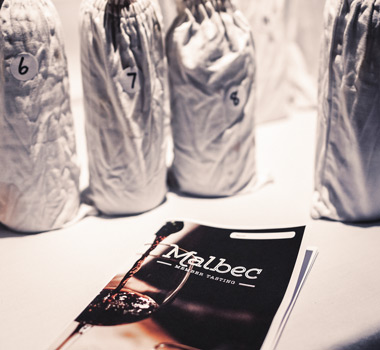
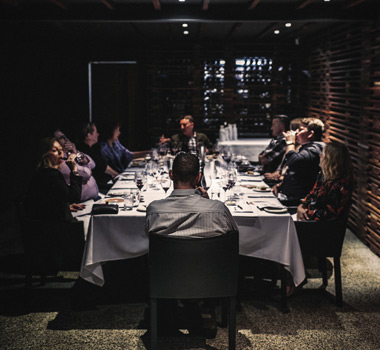
Australian winemakers have only really dabbled with the variety, mostly using it, like in Bordeaux, as a blending tool to add vibrancy and flesh to Cabernet and Shiraz blends, and in the process making some staggeringly good wines (Wendouree Cabernet Malbecs and Shiraz Malbecs; Tim Adams Reserve; Cullen Mangan; Leasingham) but occasionally playing with it as a standalone variety.
These days, it has a decent foothold in the west – Frankland River and Margaret River mostly – and decent holdings in the Clare Valley; Wendouree, of course, but also Leasingham, Erin Eyes, Tim Adams and a smattering of others. And even though Malbec isn’t a big player in Australia’s vineyards, it has longevity.
Wendouree has been growing Clare Valley Malbec since 1898 (and if you’ve never tasted a Wendouree Malbec with bottle age, add it to your bucket list).
Bleasdale’s Frank Potts would have been planting it on his Langhorne Creek vineyard some 30 years earlier. They’ve since made a specialty of Malbec, currently producing six (possibly more) wines from the variety each vintage, ranging from $20 to $60; the muscle, oak input and decadence of the wines building with the price.
And it’s that potential to build the flexibility of Malbec that makes it such a marvellous grape. It does bright and juicy really well; it does fuller-bodied, fleshy, fruit driven really well (which is the sort of stuff Argentinians like to sip with their steak); and it does Cahors.
In the vineyard, Malbec is something of a beach-bunny; it likes warmth and sunshine – good news for our regions that currently produce great Cabernet (which isn’t quite so fond of heat) as we stare down the barrel of global warming. Perhaps Vanya Cullen and Hayshed Hill have been gazing into crystal balls and see the variety playing a greater part in Margaret River over the coming, warmer, half-century: who knows? But even now Malbec performs beautifully in its gentle, maritime climate.
time to taste
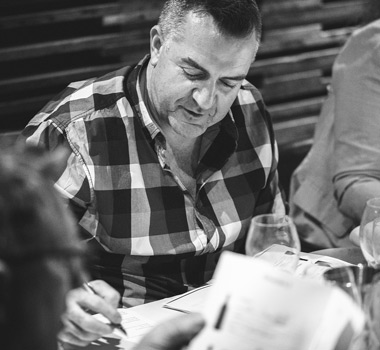
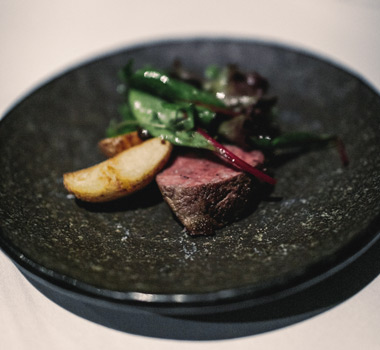
Selector recently delved into some Australian Malbecs with a Members Tasting in the moody cellar room at Urbane Restaurant in Brisbane. It featured both big names and small, across a spread of price points. And, as you’d expect, there was stylistic diversity, from bright, fragrant, juicy wines to more brooding, intense reds built to age.
The majority of the wines came from warmer regions – Clare Valley, Barossa Valley, McLaren Vale and Langhorne Creek. But there were also representatives from Orange, the Yarra Valley, Margaret River, Great Southern and, here’s one from left field, Blackwood River, WA.
I guess the net result is as expected - brighter, gentler wines from the cooler places like the Yarra Valley and Great Southern; bolder, bigger wines from the warmer. And Langhorne Creek seems to have an affinity with the grape, managing richness and brightness with more formidable build...most of the time.
Urbane rose to the challenge with some incredibly good food that at times took traditional food and wine pairings and tipped them upside down.
Like, for example, a rather acid-focussed dish of pork belly, kimchee and nashi-pear – light, bright, and slightly sweet & sour – which is an odd bedfellow for chunky, tannin-rich reds that we, rather lazily, assume should be paired with steak. But with the first bracket, it worked brilliantly.
A really juicy, bright, medium-bodied wine appeared first, tracking closest to the current hankering for slurpable, low-tannin, medium-bodied wines with instant accessibility. It proved to be a crowd divider. Some loved it for its easy, gregarious appeal; others didn’t for exactly the same reason. It was Ferngrove’s 2018 Black Label Malbec; the youngest (along with the next wine) of the tasting and an upbeat way to start.
It was followed by three South Australians – Hither & Yon 2018 (McLaren Vale), Zonte’s Footstep 2017 (Langhorne Creek) and Erin Eyes Shamrock 2017 (Clare Valley). Erin Eyes wooed quite a few tasters with its elegance and finesse. It showed the structure and frame you expect from the variety, but also a restraint, a delicacy of fruit, that managed to whisper its charms despite the gradually increasing cacophony of the next three brackets.
Western bounty
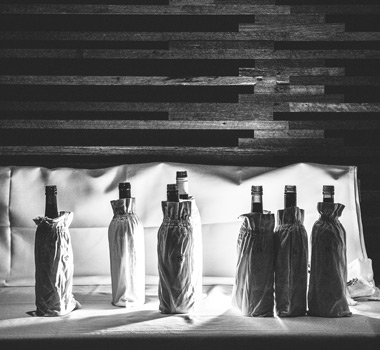
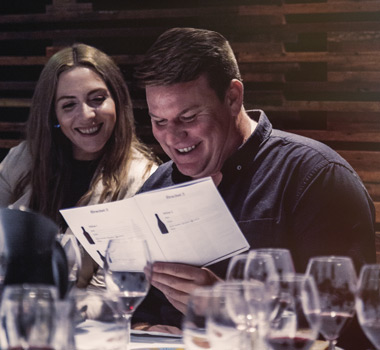
Bracket two – with the exception of a taut, gunflint, beautifully made wine from Orange – was filled by wines from Western Australia; one from Margaret River and one a blend of both Frankland and Margaret Rivers, plus the 2017 Forest Hill from Mount Barker. This was potentially the strongest bracket of the night – no duds, no controversy, and very little debate amongst the tasters. Still, there was a nice spread of styles – the peppery, savoury Forest Hill; a rather lush, supple Swings and Roundabouts and a reticent but quite pretty Risky Business.
Then (and it was a little like moving from a showroom of Italian classic cars to a shed full of Corvettes and Mustangs) it was on to some big-guns from Langhorne Creek, the Barossa Valley and a fairly oak-driven wine from Nannup Estate in Blackwood River, WA.
Bleasdale Generations 2016 should, given its pedigree, perform brilliantly, and it did; powerful, concentrated and firmly structured, but not at all overblown. The 2016 Angas & Bremer from Langhorne Creek was bigger, riper, and carrying more oak.
The final set was a mixed bag in terms of region (Margaret River, McLaren Vale, Yarra Valley and Langhorne Creek) but contained the most intriguing inclusion – Yarra Yering Malbec 2016. If Malbec is a beach bunny, the Yarra Valley is no place to be sporting a bikini. But the team at Yarra Yering rarely puts a foot wrong. And this wine seems to prove the point, even though it was sandwiched between a gargantuan Bremerton Special Release (huge, dense, powerful: ‘Malbeccy’ according to one taster) and a complex, slightly awkward Possingham & Summers from McLaren Vale.
If nothing else, the tasting proved the flexibility of Malbec – how it manages to happily produce a $100-plus wine in the cool of the Yarra Valley and a very different, but equally as good, set of wines from the warm vineyards of Langhorne Creek; and how – despite its predilection for big tannins and big colour – it can make gentle, fleshy or muscular wines with equal success. And...it’s delicious.